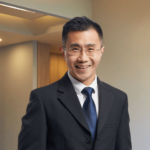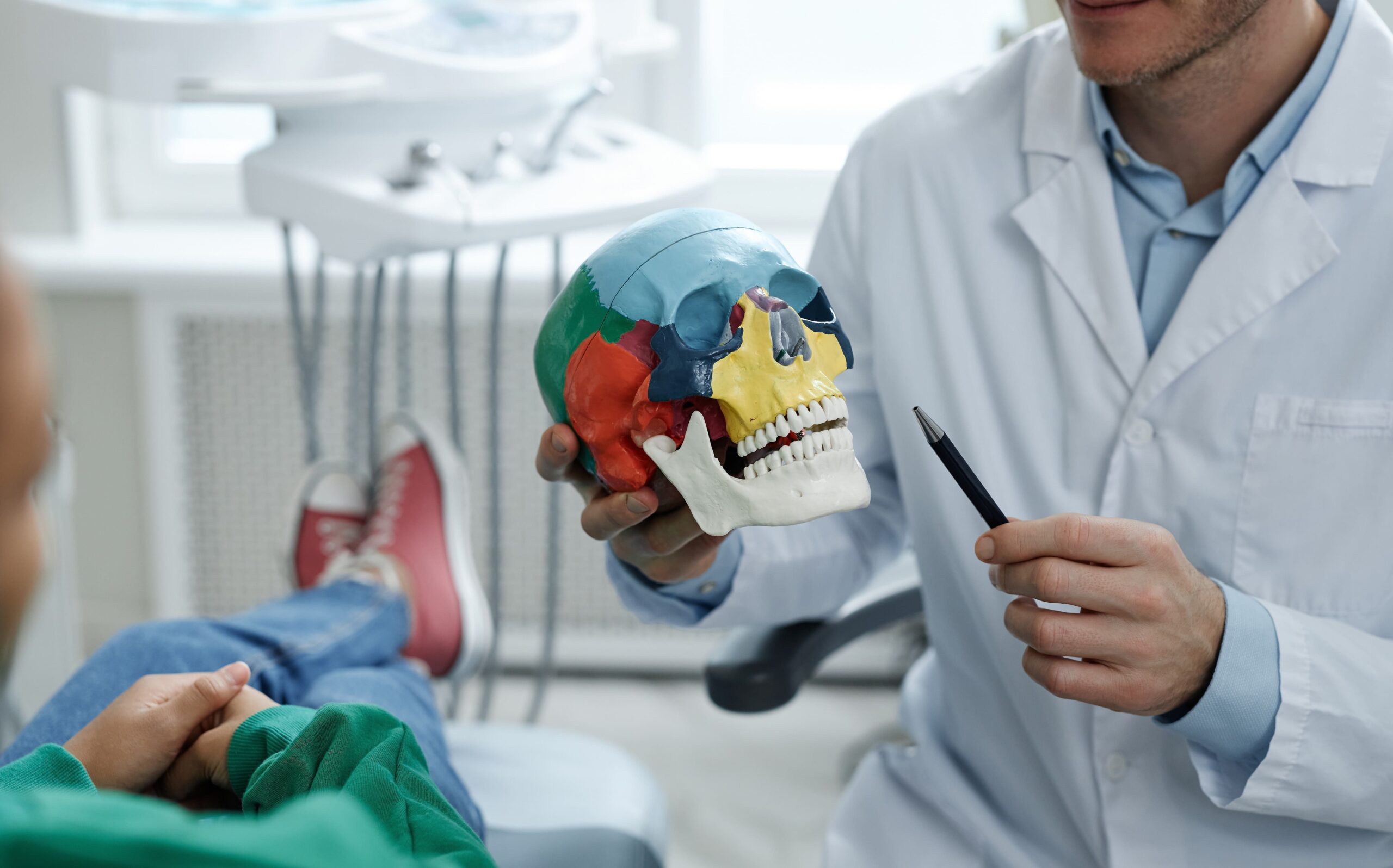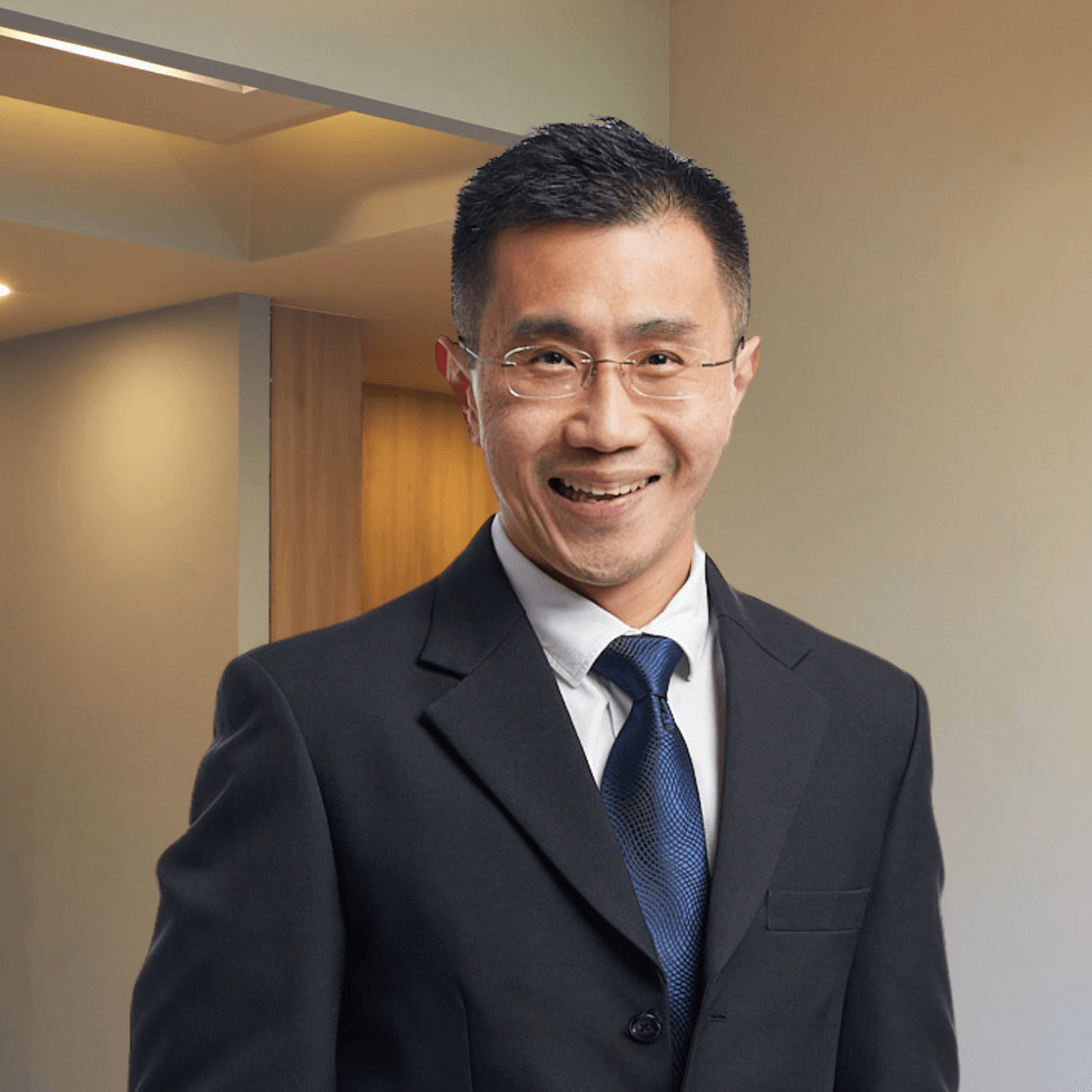Symptoms
The symptoms of craniofacial anomalies can vary widely depending on the specific condition and its severity. However, some common signs and symptoms may indicate the presence of a craniofacial anomaly. These include:
- Physical Deformities: Visible abnormalities in the shape of the head, face, or features such as the ears, eyes, and nose. For instance, asymmetry in facial features or an unusually shaped skull.
- Breathing Difficulties: Some craniofacial conditions can lead to narrowed airways, making breathing difficult. This is particularly noticeable during sleep in the form of snoring or sleep apnea.
- Feeding Problems: Anomalies affecting the mouth and jaw can make sucking, swallowing, or chewing challenging, impacting nutritional intake and growth.
- Speech Difficulties: Abnormalities in the structure of the mouth and throat can affect speech development, leading to delays or difficulties in speech and language.
- Hearing Loss: Conditions that affect the ear’s structure can lead to hearing impairments or loss.
- Dental Problems: Irregularities in jaw growth can lead to crowded or misaligned teeth, affecting dental health and the need for orthodontic treatment.


